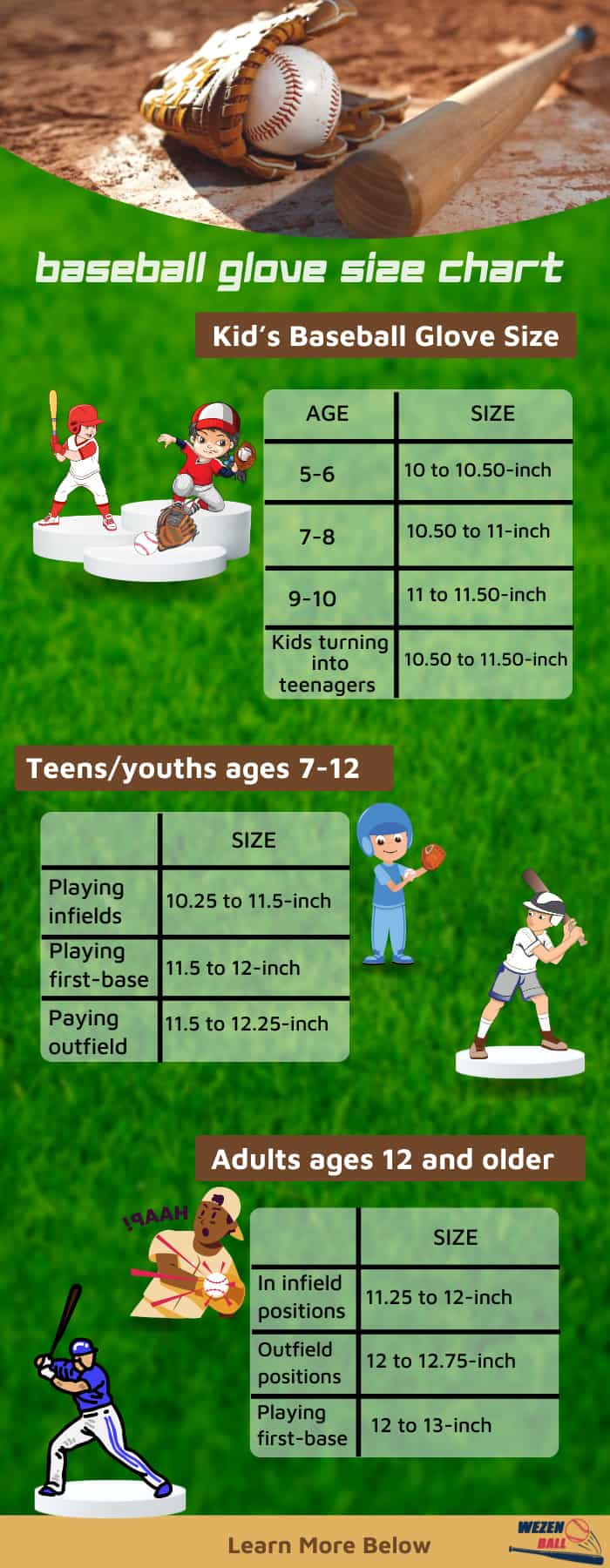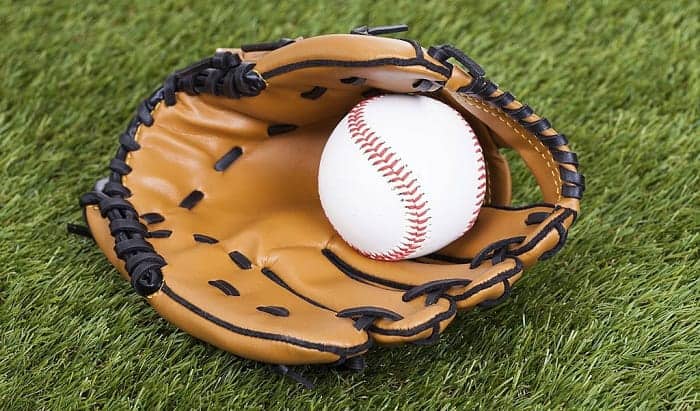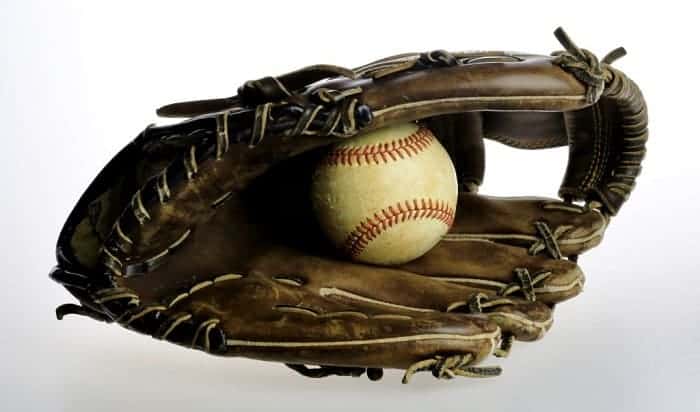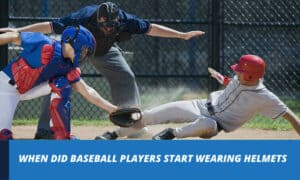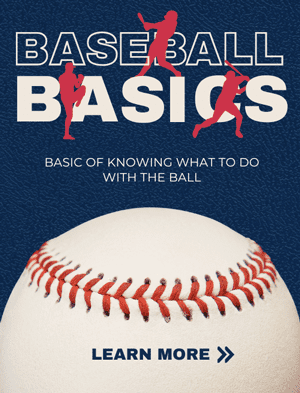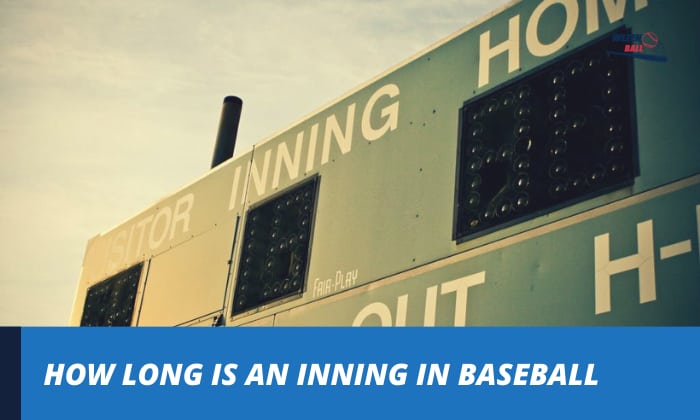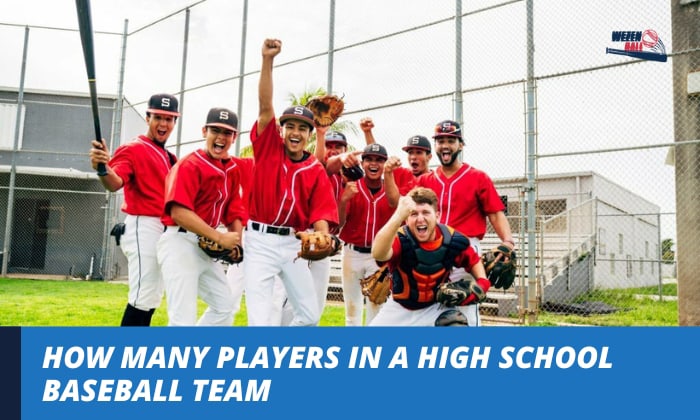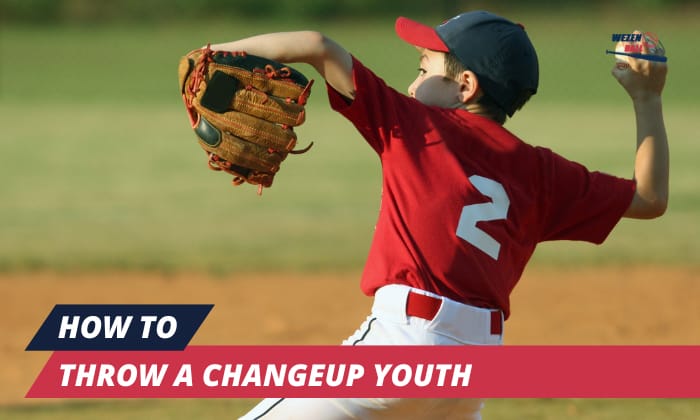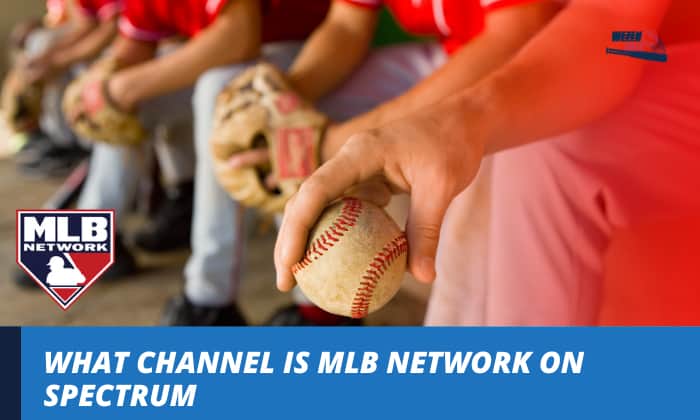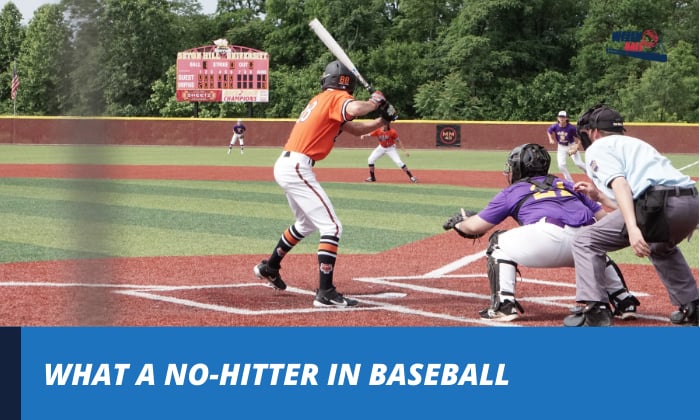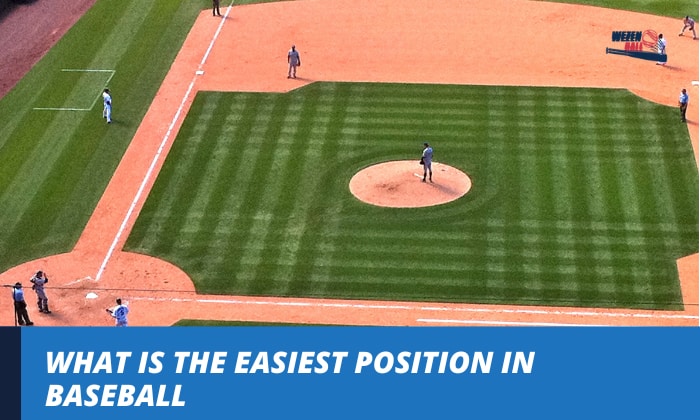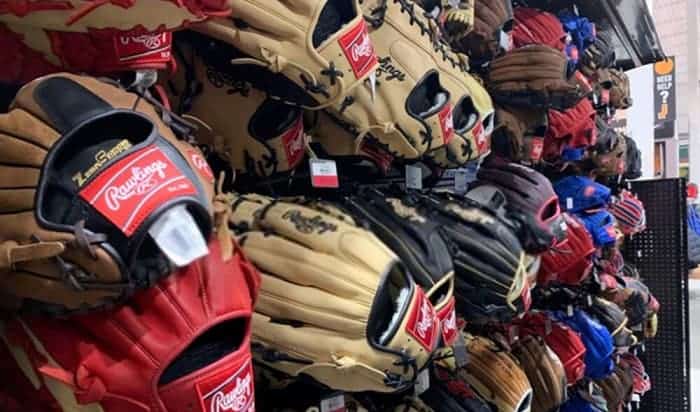The baseball glove size chart, like most charts, contains glove size measurements that help you in picking the right glove for your hands. The chart’s figures are an estimation of hand sizes.
The chart usually contains variables like age, level, and even position. With such information presented in a graph, you can now easily pick your gloves with higher accuracy. This reason, among others, emphasizes it as a crucial tool.
Contents
Why Choose the Right Baseball Glove Size
Wearing the right glove size for you or your kids ensures comfort and performance enhancement and puts physical strength into full display.
Whatever your position is when playing baseball, you are bound to understand the limits of your physicality to improve your performance in the future.
And, note that no other tool in baseball besides the bat illustrates your physical strength more clearly than the gloves!
The best gloves reconcile design and size. These two elements prove to be inseparable. However, these elements depend on certain variables like level, age, game position, and even sex.
Thus, when buying a pair, these variables should come to mind.
In this article, we will focus on the level. The level, being a general category, classifies glove sizes based on kids, youth, and adults.
What is the Kid’s Baseball Glove Size
To better answer this question on kids baseball glove size, let us divide this kids category based on age:
- Kids ages 5-6 are fit to wear 10 to 10.50-inch glove sizes.
- Kids ages 7-8 are suitable to wear 10.50 to 11-inch glove sizes.
- Kids ages 9-12 are right to wear 11 to 11.50-inch glove sizes.
- Kids who are turning into teenagers can wear around 10.50 to 11.50-inch glove sizes.
Dominant positions (whether from an outfielder or infielder perspective) may require an even bigger glove size for the player, around 11-12.50-inch glove sizes.
For a teenager assuming a dominant position (either infielder or outfielder), the youth baseball glove size chart measure shall have to be adjusted to 12 inches upwards, but not beyond 13.
What is the Youth’s Baseball Glove Size
The right youth baseball gloves size falls within the 10-12-inch frame. But, it seems tricky to spot, especially when a person’s hand size is slightly bigger or smaller than the standard size.
Moreover, the age of youth lies at the beginning of the transition from kid to teenager. In other words, deciding an accurate size for such a transitional phase can be pretty bemusing, if not at all problematic.
Dividing the youth category, we still get the same ages, specifically, beginning from 7 to 12:
- Teens/youths ages 7-12 playing infield are fit to wear 10.25 to 11.5-inch glove sizes.
- Teens/youths ages 7-12 playing first-base are fit to wear 11.5 to 12-inch glove sizes.
- Teens/youths ages 7-12 playing outfield are fit to wear 11.5 to 12.25-inch glove sizes.
What is the Adult’s Baseball Glove Size
The adult baseball glove size is the standard among the three measures. Thus, finding the right glove for a pair of adult hands proves to be more accessible.
- Adults ages 12 and older in infield positions are fit to wear 11.25 to 12-inch glove sizes.
- Adults ages 12 and older with outfield positions should wear 12 to 12.75-inch glove sizes.
- Adults ages 12 and older playing first-base are to wear 12 to 13-inch glove sizes.
Furthermore,If you are interested in the difference between first base glove vs regular glove, check it out here.
How to Measure Your Hand’s Sizes to Fit the Baseball Gloves
There are two main procedures for successful baseball glove sizing:
- Measure the width of your hands with a tape measure. Then, compare results with that of the baseball glove sizing chart.
- Put on the gloves to test comfortability.
Conclusion
The baseball glove size chart comes in handy for a business as intuitive sizing and fitting of baseball gloves. Using the right glove size for your hands helps you exercise your full physical potential, affecting your chances of success.
Baseball glove sizes are dependent on several factors like level, age, game position, sex, and individual hand sizes. In a chart, the category that overarches the rest of the variables is the level — kids, youth, and adult.

Five years as a baseball player, my training approaches with this game give me the motivation to inspire and support young players more. Like all sports, we should start with the desire to have fun and maintain our resilience to strive better at any competition. But, of course, some of us want to have some fun and train for better health. It does not matter what your initial purpose is; I believe that most people ever holding on to the baseball bat will fall in love with the games as I do.




